Dividing Perennials
Perennials provide us with beautiful foliage and blooms year after year. They don’t have to be planted each season, but providing them with the right care helps them thrive and perform at their best throughout their long lives. Dividing perennials is one key to their success.
First, let’s be clear about which plants we’re talking about: by perennials, we mean those herbaceous plants that come back year after year and tend to spread over time. Some popular examples include crocosmia, shasta daisies, phlox, and penstemon. Many popular herbs, such as thyme and oregano, are also perennials that benefit from division.
Perennials are distinct from annuals, which only last one season and die after producing seeds. They’re also distinct from shrubs and trees, which have woody stems instead of herbaceous ones.
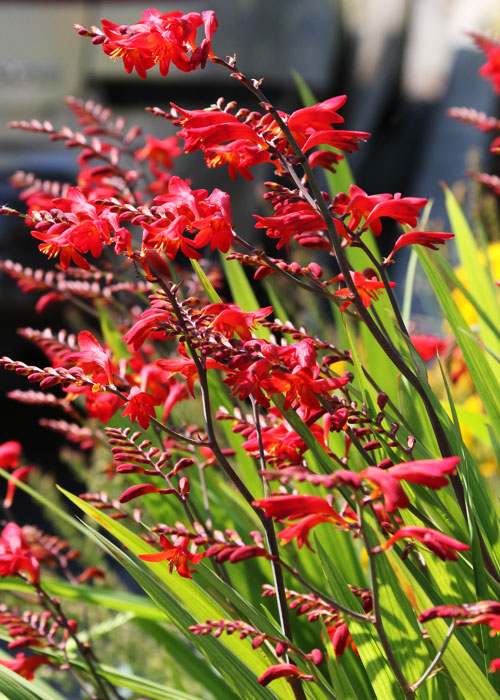
Dividing perennials can seem a little intimidating at first. Digging up a plant and slicing through the middle of its roots might seem like a counterintuitive approach to plant health. But trust us: almost all perennials appreciate being divided.
Every plant has its own unique timing and needs around division, so it can help to look up the specific plant you want to divide before you get out the shovel. Washington State University provides an excellent spreadsheet that summarizes the basics of dividing quite a few popular perennials.
But no matter what, the basic idea is the same: Your goal is to separate some sections away from the main plant. You can then transplant the healthiest pieces to new locations or find them new homes.
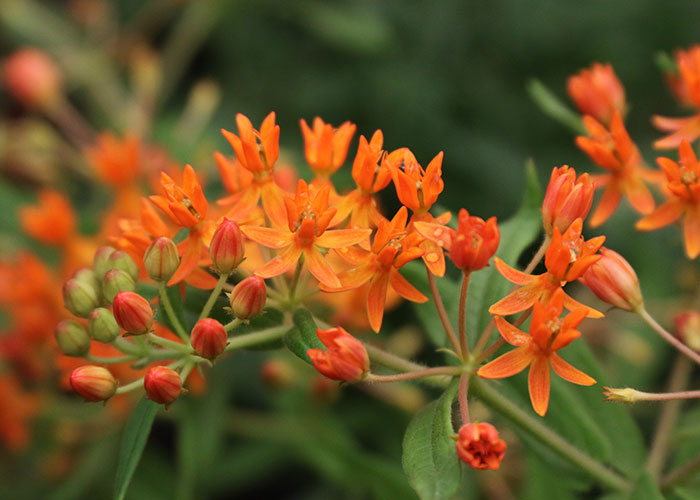
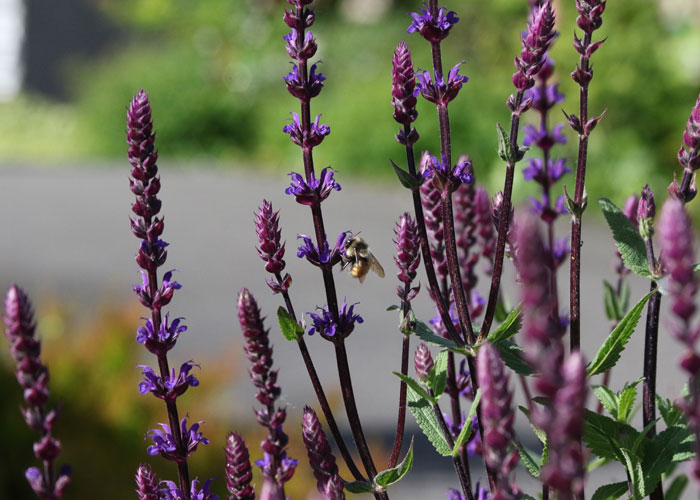
Benefits of Dividing Perennials
Give your plants better access to nutrients. Many perennials can become crowded if they go too long without being divided. Their roots and their leaves begin to compete with each other for resources. When perennials that have thrived for years suddenly produce fewer blooms, flop over, have more problems with diseases, or just fail to thrive, there’s a good chance that they’re past due for division.
Gardeners may want to divide fast-growing plants just to keep them under control. If you have certain perennials that seem to be out-competing other varieties, you can use division to cut your more aggressive plants back down to a manageable size.
Division is also a great way to propagate your plants, meaning you get free plants! If you don’t need the divisions, you can always share them with friends and neighbors.
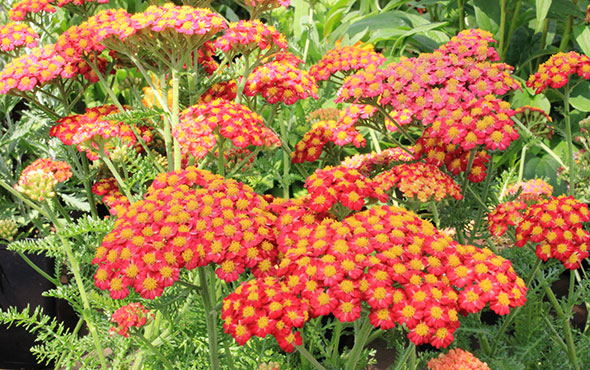
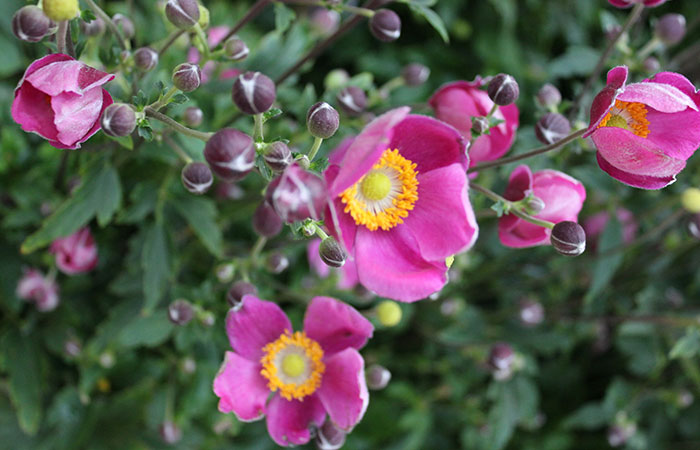
Division Seasons Spring vs. Fall
There’s a nice & simple rule about when to divide perennials:
Divide spring bloomers in the fall, and fall bloomers in the spring.
Early spring and late fall are the best times for division because the cool, rainy weather these two seasons bring helps plants make it through the stress of being dug up, divided, and transplanted. It’s best to choose a nice stretch of overcast, damp weather in which to do your dividing. (Luckily, that's not usually a challenge in the PNW!) If you need to divide perennials in drier weather, water the plant well before dividing it and give each new transplant plenty of water too.
Plants should be divided when they are not blooming to further reduce stress. Blooming takes a lot of energy, and your plants will survive and thrive through the division process best when they are able to focus on growing strong roots. So remember, if your plant blooms in the spring or early summer, divide it in October or November. If it blooms in the late summer or fall, wait until early spring.
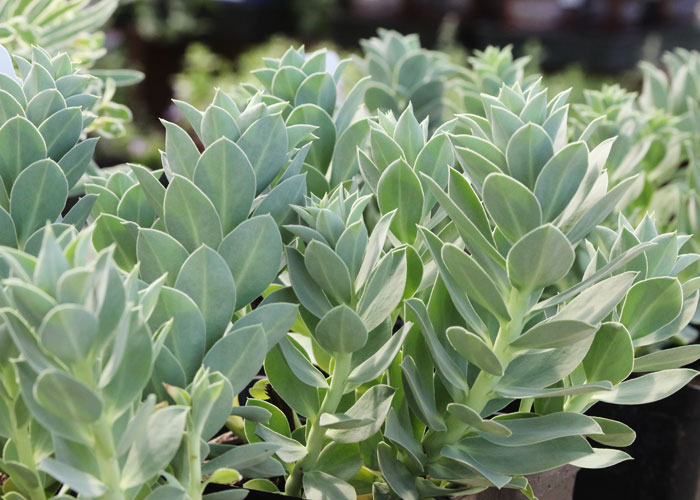
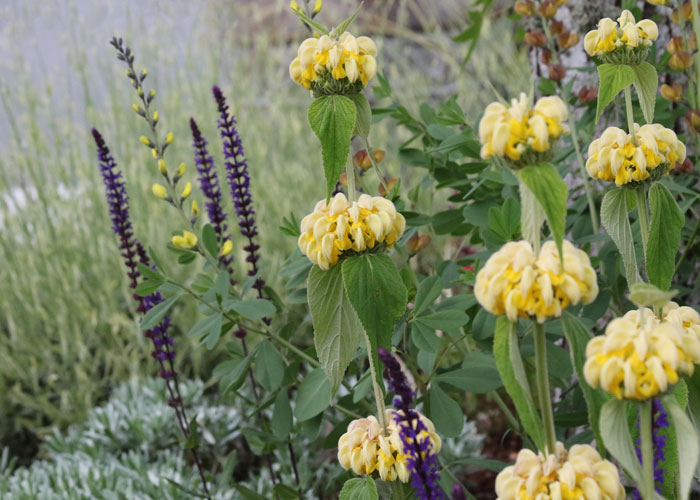
How to Divide Perennials
No matter what kind of perennial you’re dividing, it all starts the same way.
Work your way around the drip-line of the plant clump you want to divide with a nice sharp shovel. Once you’ve cut a circle around it, stick your shovel under the clump at an angle, again working your way around, until you can easily pry out the whole clump. If it doesn’t come easily, try digging a little deeper or working your way around again.
Once you have the clump out of the ground, you need to separate it into pieces. Depending on the type of plant and size of the clump, you might do this by pulling pieces apart with your hands or slicing through the roots with a sharp shovel. You may be slicing through a mass of tangled fibrous roots, or cutting the connections between tubers, corms, or rhizomes.
No matter what kind of root system you’re working with, make sure that each piece you break off has at least a few growing tips and plenty of roots. That said, smaller rather than larger pieces often grow more vigorously. If there are some dead zones, such as a bald spot in the middle of a large clump, cut those parts out and compost them.
If the clump you’re trying to dig up is very well established, this process might take a little muscle. Making sure the soil is very well-watered and using very sharp tools can help. But you may just have to persevere. And don’t worry too much about damaging the plants. They’re tough. They can take it.
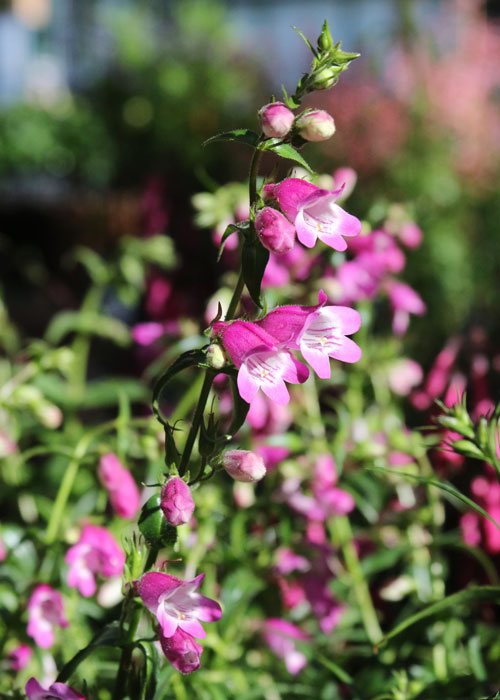
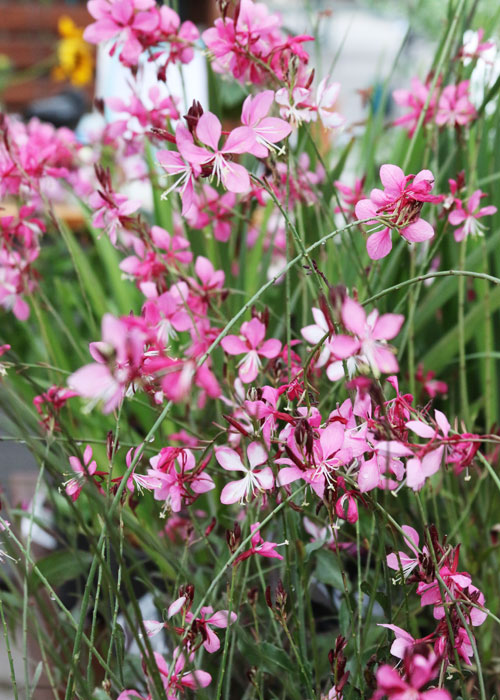
How to Transplant Divisions
Once the dividing is done, make sure all the pieces stay damp and shaded. You loosely “plant” them in some soil or mulch, or put them in pots with damp leaves or whatever you have handy covering their roots. Just make sure the roots don’t dry out or get exposed to direct sunlight.
It’s best to plant the divisions as soon as possible. If you don’t have room for all of them, you can always share them. Follow all the same practices you would if you were transplanting starts you purchased, such as digging a hole that is wider than the root mass, adding compost and fertilizer, planting them at the same depth that they were at before, and watering them in.
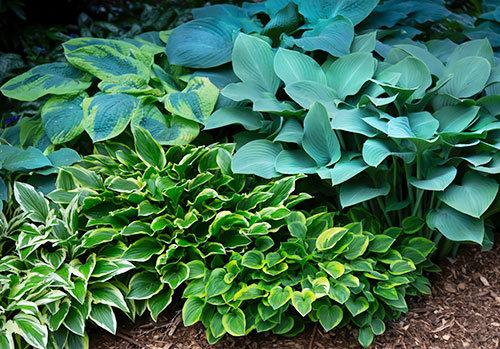
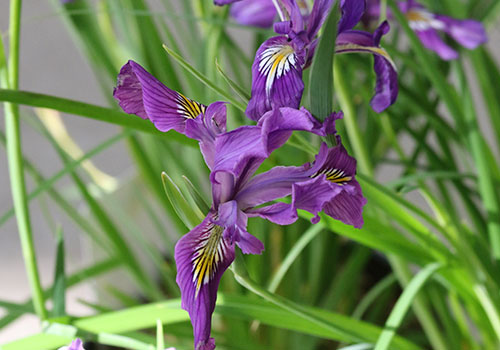
And that’s it! Your little perennial divisions may look small and fragile at first, but just wait until next fall. With any luck, you’ll be rewarded for all of your hard work with healthier and happier plants and abundantly beautiful blooms.

